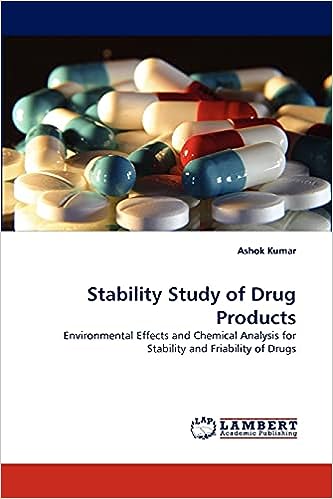Forced Degradation Studies and Their Relation to Stability Testing
Forced degradation studies play a crucial role in evaluating the stability of pharmaceutical products by deliberately subjecting them to harsh conditions that accelerate degradation processes. These studies help identify potential degradation pathways, degradation products, and degradation mechanisms that can occur over time. In this discussion, I’ll explain what forced degradation studies are and how they relate to stability testing.
Understanding Forced Degradation Studies
1. Purpose: Forced degradation studies intentionally expose a drug product to conditions such as high temperature, humidity, light, and extreme pH to simulate potential degradation under accelerated conditions.
2. Degradation Identification: These
3. Regulatory Requirement: Regulatory guidelines often recommend or require forced degradation studies as part of stability testing protocols.
Key Objectives
1. Degradation Pathways: Forced degradation studies aim to identify the potential
degradation pathways the drug substance or product may undergo.2. Impurity Profiling: These studies help in detecting and characterizing impurities and degradation products that might be formed.
3. Stability-Indicating Methods: Forced degradation studies contribute to the development of analytical methods that can differentiate the active pharmaceutical ingredient from its degradation products.
Relation to Stability Testing
1. Early Degradation Identification: Forced degradation studies provide insights into potential degradation that could occur during long-term stability testing.
2. Method Development: The data obtained from forced degradation studies guide the development of stability-indicating analytical methods for monitoring stability over time.
3. Shelf Life Determination: Forced degradation studies help in establishing the degradation kinetics, which is crucial for accurate shelf life determination.
Degradation Pathways
1. Oxidation: Exposing the product to oxidative stress, such as hydrogen peroxide, to mimic reactions with oxygen over time.
2. Hydrolysis: Simulating hydrolytic conditions, like exposing the product to acidic or basic solutions to imitate hydrolysis reactions.
3. Photolysis: Subjecting the product to UV light to identify light-induced degradation pathways.
4. Thermal Stress: Elevating temperature to accelerate degradation reactions and predict thermal instability.
Regulatory Importance
1. Stability Indication: Forced degradation studies help demonstrate that the analytical methods used in stability testing can detect degradation products and impurities.
2. Product Understanding: Regulatory agencies require a comprehensive understanding of potential degradation mechanisms to ensure product quality and safety.
Conclusion
Forced degradation studies are a vital component of stability testing in the pharmaceutical industry. By subjecting products to extreme conditions, these studies identify potential degradation pathways and impurities, leading to the development of robust stability-indicating methods and accurate shelf life determinations. The insights gained from forced degradation studies enhance our understanding of product stability and contribute to regulatory compliance, product quality, and patient safety.

